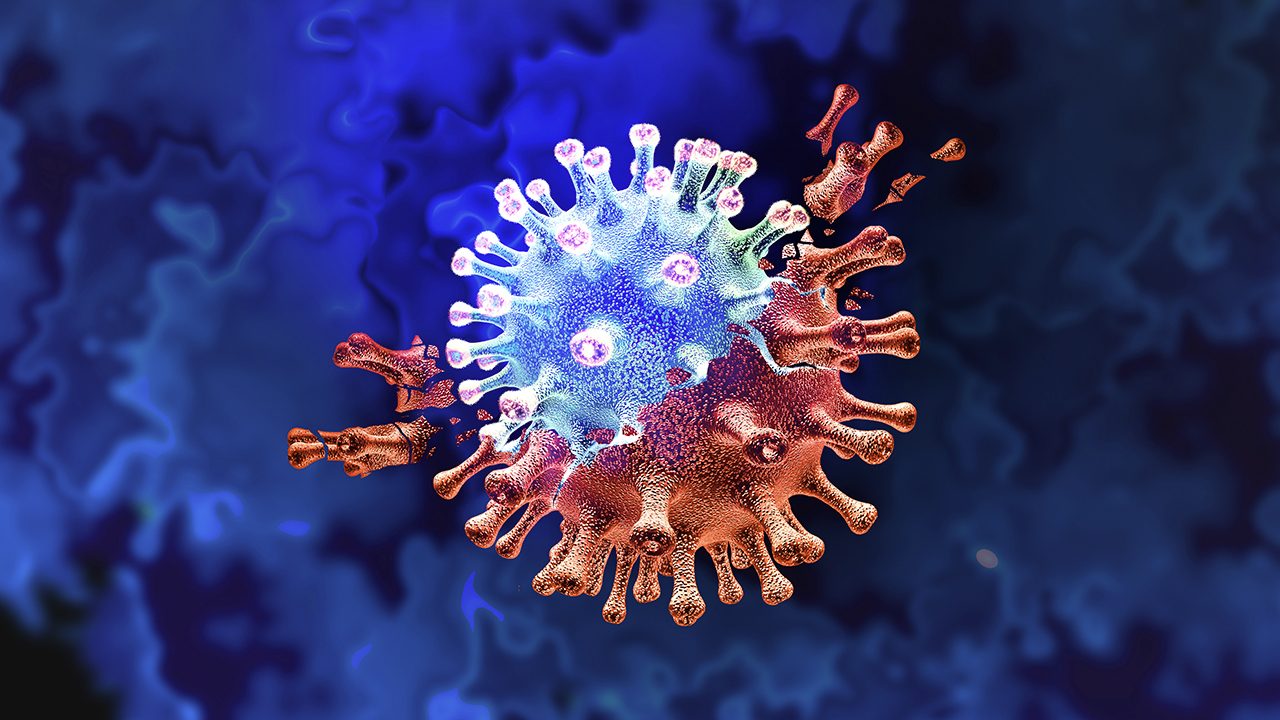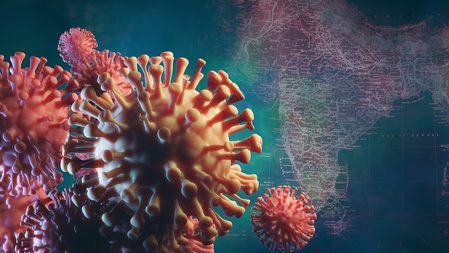SUMMARY
This is AI generated summarization, which may have errors. For context, always refer to the full article.


The Department of Health (DOH) on Tuesday, May 11, reported two cases of the “double mutant” variant of COVID-19 called B1617, which was first found in India in October 2020.
“For the 46 samples that were sequenced, there were two incoming returning overseas Filipinos [who] were included, and one came from Oman and the other from UAE. They tested positive for the India variant. No history of travel to India or they did not come from India nor passed through India,” Health Undersecretary Maria Rosario Vergeire said in a press briefing.

“They were part of the sequencing because they were part of the batch that we sequenced for the returning overseas Filipinos,” she added.
The DOH said the two cases have already recovered from the disease. Here are the details of the two cases:
Case 1
- 37 years old, male
- Sea-based overseas Filipino worker from Oman
- He arrived in the Philippines on April 10. His specimen was collected on April 15.
- He was isolated in a hotel in Metro Manila.
- He recovered on April 16, but underwent additional quarantine in Soccsksargen until May 10.
- Repeat test was done on May 3 and yielded a negative result.
Case 2
- 58 years old, male
- Sea-based overseas Filipino worker from the United Arab Emirates
- He arrived in the Philippines on April 19. His specimen was collected on April 24.
- He was isolated in a quarantine facility in Clark City, Pampanga.
- He recovered on May 6 and is currently staying in Bicol.
The India variant of COVID-19 was dubbed a “double mutant” because it contains two famous mutations. These are the L452R and E484Q mutations which could help the virus evade an immune response. These two mutations affect the virus’ spike protein – the basis of COVID-19 vaccines.
The E484Q is similar to the mutation E484K, which is present in the two notable “variants of concern,” such as the B1351 (first found in South Africa) and the P1 (first found in Brazil), and may have an impact on vaccine efficacy.
Studies suggest that the B1617 is more contagious than the original form of the virus. This virus type is spreading quickly in India.
On Sunday, May 9, cases in India rose by 403,738, just shy of the existing record cases, bringing the country’s total since the start of the pandemic to 22.3 million. India’s health ministry also reported 4,092 fatalities over the past 24 hours, raising the overall death toll to 242,362.
On Monday, May 10, the World Health Organization said that B1617 was classified as a variant of concern, making it the fourth variant to be designated as such. The others are those first detected in the United Kingdom (B117), South Africa (B1351), and Brazil (P1).
“We are classifying this as a variant of concern at a global level,” Maria Van Kerkhove, WHO technical lead on COVID-19, told a briefing. “There is some available information to suggest increased transmissibility.”
To date, all four COVID-19 “variants of concern” are present in the Philippines: the United Kingdom variant (B117), South Africa variant (B1351), Brazil variant (P1), and India variant (B1617). – Rappler.com
Add a comment
How does this make you feel?

There are no comments yet. Add your comment to start the conversation.